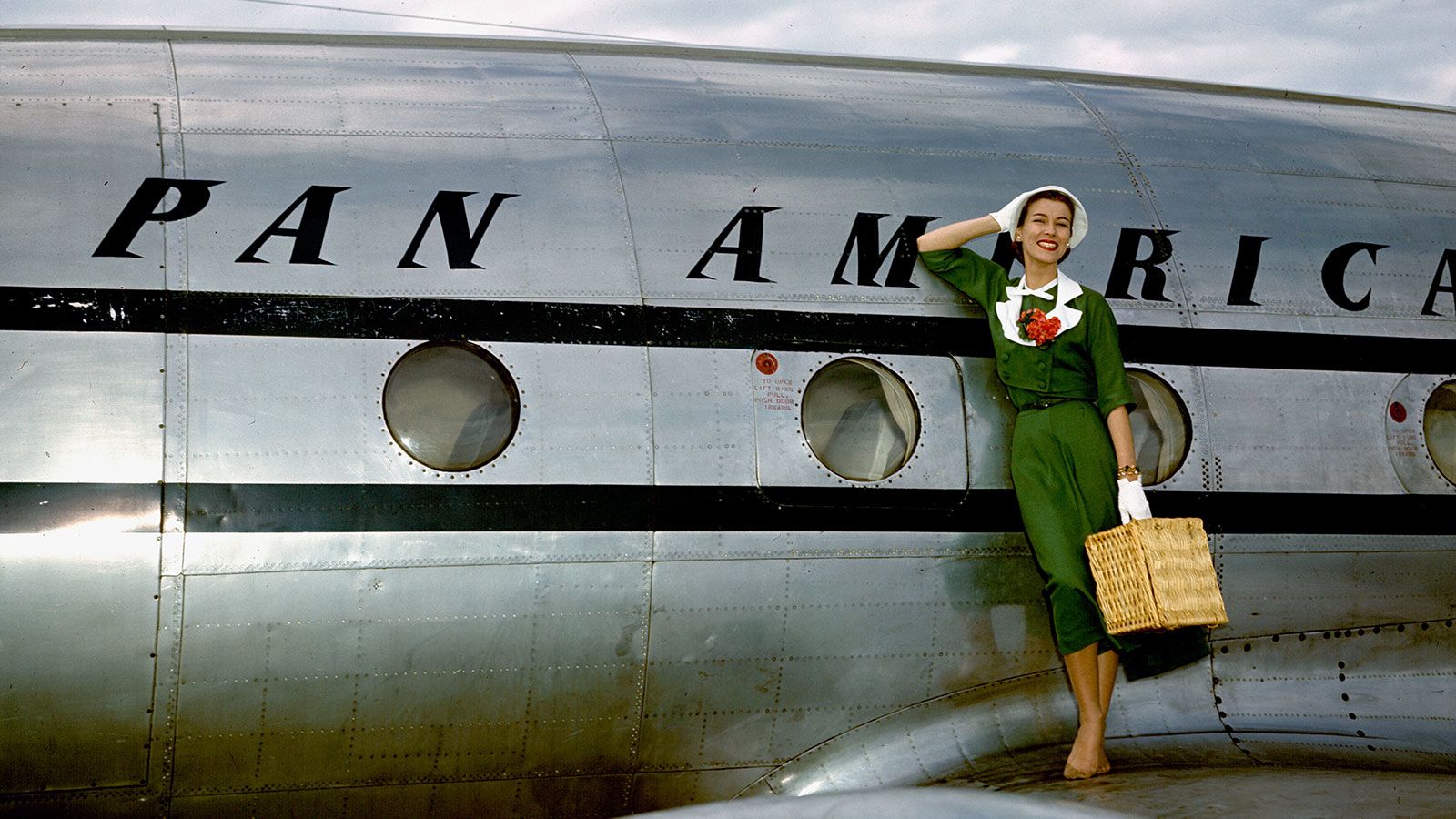
Pan American World Airways, commonly known as Pan Am, was more than just an airline; it was a symbol of luxury and innovation in air travel. Founded in 1927, Pan Am became a pioneer in international flights, setting the standard for global aviation. Did you know Pan Am was the first airline to offer a computerized reservation system? This groundbreaking move revolutionized how tickets were booked. From introducing the iconic Boeing 747 to creating the first-ever transatlantic jet service, Pan Am's contributions to aviation are legendary. Why did Pan Am capture the world's imagination? Let's dive into 15 fascinating facts that showcase the legacy of this iconic airline.
Key Takeaways:
- Pan Am was a trailblazing airline that pioneered international travel, introduced jet travel, and left a lasting cultural legacy. Despite facing challenges, its impact on aviation history is still celebrated today.
- Pan Am's iconic Clipper Ships, global expansion, and cultural influence made it a legendary airline. However, challenges like hijackings and the Lockerbie bombing led to its decline, but its legacy continues to inspire aviation enthusiasts.
The Birth of Pan Am
Pan American World Airways, commonly known as Pan Am, was a pioneering airline that left a significant mark on aviation history. Let's explore some fascinating facts about this iconic airline.
-
Founded in 1927
Pan Am was established on March 14, 1927, by Henry H. Arnold, Carl A. Spaatz, and John H. Jouett. It began as a small mail carrier service between Key West, Florida, and Havana, Cuba. -
First International Flight
On October 28, 1927, Pan Am operated its first international flight from Key West to Havana. This marked the beginning of its extensive international network.
Innovations and Achievements
Pan Am was known for its groundbreaking innovations and achievements in the aviation industry.
-
First Airline to Cross the Pacific
In 1935, Pan Am became the first airline to offer regular commercial flights across the Pacific Ocean. The route connected San Francisco to Manila, with stops in Honolulu, Midway Island, Wake Island, and Guam. -
Pioneered Jet Travel
Pan Am introduced the Boeing 707, the first American jet airliner, into commercial service in 1958. This revolutionized air travel by significantly reducing flight times. -
In-Flight Entertainment
Pan Am was the first airline to offer in-flight entertainment. In the 1960s, passengers could enjoy movies on long-haul flights, enhancing the travel experience.
The Iconic Clipper Ships
Pan Am's fleet of aircraft, known as Clipper Ships, became legendary in aviation history.
-
Flying Boats
The airline initially used flying boats, such as the Sikorsky S-42 and the Martin M-130, for its transoceanic routes. These aircraft could land on water, making them ideal for remote destinations without runways. -
Boeing 314 Clipper
The Boeing 314 Clipper, introduced in 1939, was one of the most famous flying boats. It could carry up to 74 passengers and had luxurious amenities, including sleeping berths and dining areas.
Global Expansion
Pan Am's global reach was unparalleled, connecting continents and cultures.
-
World's Largest Airline
By the 1960s, Pan Am had become the world's largest airline, serving destinations on every continent except Antarctica. -
First Round-the-World Flight
In 1947, Pan Am operated the first round-the-world flight, known as the "Round the World Service." The journey took 41 days and covered 20,000 miles.
Cultural Impact
Pan Am's influence extended beyond aviation, leaving a lasting cultural legacy.
-
Pan Am Building
The Pan Am Building, now known as the MetLife Building, was one of New York City's most recognizable skyscrapers. It served as the airline's headquarters from 1963 until 1991. -
Pan Am Logo
The iconic blue globe logo, introduced in 1957, became synonymous with luxury and international travel. It remains one of the most recognizable airline logos in history.
Challenges and Decline
Despite its successes, Pan Am faced numerous challenges that eventually led to its decline.
-
Hijackings
During the 1970s, Pan Am experienced several high-profile hijackings, which damaged its reputation and financial stability. -
Lockerbie Bombing
In 1988, Pan Am Flight 103 was bombed over Lockerbie, Scotland, killing 270 people. This tragic event further strained the airline's finances and public image.
The End of an Era
The final years of Pan Am were marked by financial struggles and efforts to stay afloat.
-
Bankruptcy
Pan Am filed for bankruptcy in January 1991. Despite attempts to restructure and sell assets, the airline ceased operations on December 4, 1991. -
Legacy
Although Pan Am no longer exists, its legacy lives on. The airline's pioneering spirit, innovations, and contributions to aviation history continue to be remembered and celebrated.
Pan Am's Lasting Legacy
Pan Am wasn't just an airline; it was a symbol of innovation and adventure. From pioneering transatlantic flights to introducing the jet age, Pan Am set the standard for air travel. Its iconic blue globe logo and luxurious service made it a household name. Even though it ceased operations in 1991, its influence remains. Modern airlines still draw inspiration from Pan Am's groundbreaking practices. The airline's story is a testament to human ingenuity and the spirit of exploration. Whether you're an aviation enthusiast or just curious about history, Pan Am's legacy offers a fascinating glimpse into the golden age of air travel. So next time you see a vintage Pan Am poster or hear stories of its glory days, remember the impact this airline had on shaping the skies. Pan Am may be gone, but its legacy continues to soar.
Frequently Asked Questions
Was this page helpful?
Our commitment to delivering trustworthy and engaging content is at the heart of what we do. Each fact on our site is contributed by real users like you, bringing a wealth of diverse insights and information. To ensure the highest standards of accuracy and reliability, our dedicated editors meticulously review each submission. This process guarantees that the facts we share are not only fascinating but also credible. Trust in our commitment to quality and authenticity as you explore and learn with us.


